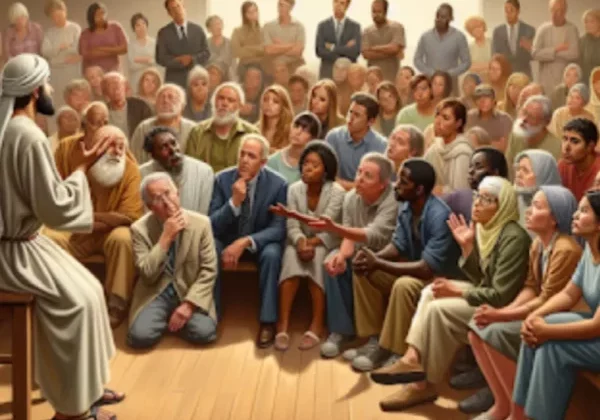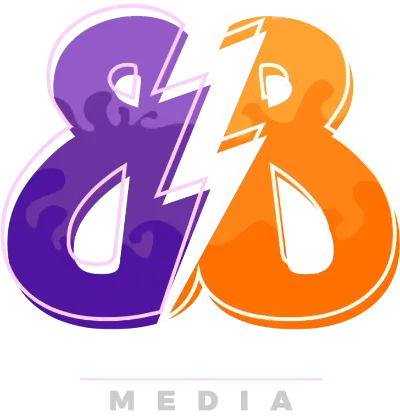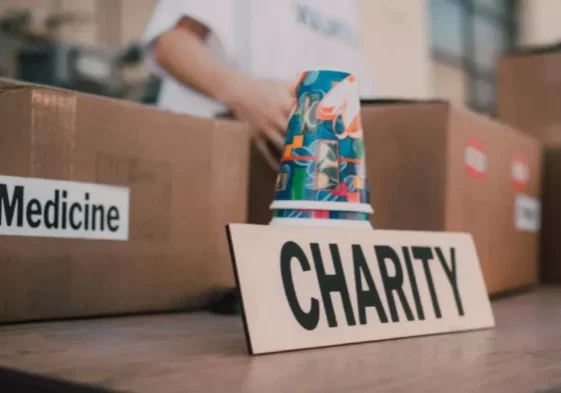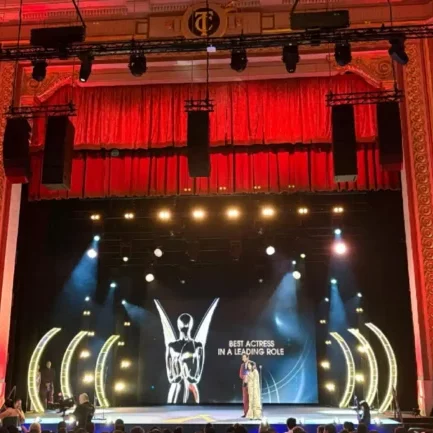SpaceX to the Rescue: NASA’s Reliance on Elon Musk’s Company Highlights Boeing’s Struggles

SHARE
NASA has made the pivotal decision to utilize Elon Musk’s SpaceX program to bring back two astronauts stranded on the International Space Station (ISS). This decision comes after months of uncertainty and technical difficulties with Boeing’s Starliner spacecraft, which originally carried Commander Barry “Butch” Wilmore and pilot Sunita “Suni” Williams to the ISS.
The two seasoned astronauts have been stuck at the ISS since June, when their weeklong test flight turned into an extended stay due to malfunctions in the Starliner.
The Starliner’s technical problems began shortly after reaching the space station. Issues with the spacecraft’s thrusters and helium leaks raised significant concerns about its ability to safely return the crew to Earth.
Despite Boeing’s attempts to rectify these problems, NASA determined that the safest course of action was to have Wilmore and Williams wait for a scheduled SpaceX Crew Dragon flight, which is expected to arrive at the ISS next year. By the time SpaceX retrieves them, the astronauts will have spent approximately eight months in space, far longer than initially planned.
While Boeing’s Starliner capsule is expected to undock and attempt an uncrewed return next month, NASA’s reliance on SpaceX marks a major setback for Boeing. This decision not only delays Boeing’s ambitions to become a leading provider of space transport services but also casts a spotlight on its ongoing struggles.
Boeing has faced considerable challenges in its aerospace sector in recent years, including issues with its commercial aircraft, such as the 737 MAX, and now with the Starliner program. These setbacks have eroded confidence in Boeing’s ability to compete with SpaceX, a company that has rapidly established itself as a reliable and innovative partner for NASA.
The situation highlights SpaceX’s growing dominance in the commercial space industry. Elon Musk’s company has already demonstrated its capability with multiple successful missions to the ISS, routinely ferrying astronauts to and from the space station.
A SpaceX Crew Dragon capsule is currently docked at the ISS, reserved for another crew set to return to Earth in September. This success stands in stark contrast to the struggles faced by Boeing, which has seen the Starliner program go over budget by billions of dollars and suffer from extensive delays.
NASA’s decision underscores its commitment to astronaut safety over expedience. NASA Administrator Bill Nelson emphasized that test flights inherently carry risks and that prioritizing safety is crucial. Jim Free, NASA’s Associate Administrator, supported this stance, stating that the choice to delay the astronauts’ return was challenging but ultimately the correct one. Despite the challenges, NASA remains optimistic about the future of the Starliner program.
Nelson expressed confidence that the Starliner will fly again, stating his belief in Boeing’s capacity to overcome its current hurdles.
Boeing, for its part, has maintained that safety remains its top priority. The company is preparing for a safe and successful uncrewed return of the Starliner and has reiterated its commitment to supporting NASA’s missions.
Nevertheless, the reliance on SpaceX for the immediate return of astronauts Wilmore and Williams underscores a significant moment in the space industry. It highlights a shift in confidence from traditional aerospace giants to newer, more agile companies like SpaceX, which continue to reshape the future of space exploration and transportation.
While Boeing continues to work on rectifying its technical issues, the successful partnership between NASA and SpaceX suggests a future where collaboration and competition drive progress in the exploration of the final frontier. As the space industry evolves, the ability to adapt and deliver reliable solutions will be crucial in determining which companies lead humanity’s journey into space.
*Cover Photo/Thumbnail Photo from X @nasa
RELATED ARTICLES

I’m a Christian and I Got No Startup Money!

Tempted to Abandon My Calling

A Christian’s Call to Wise Listening









